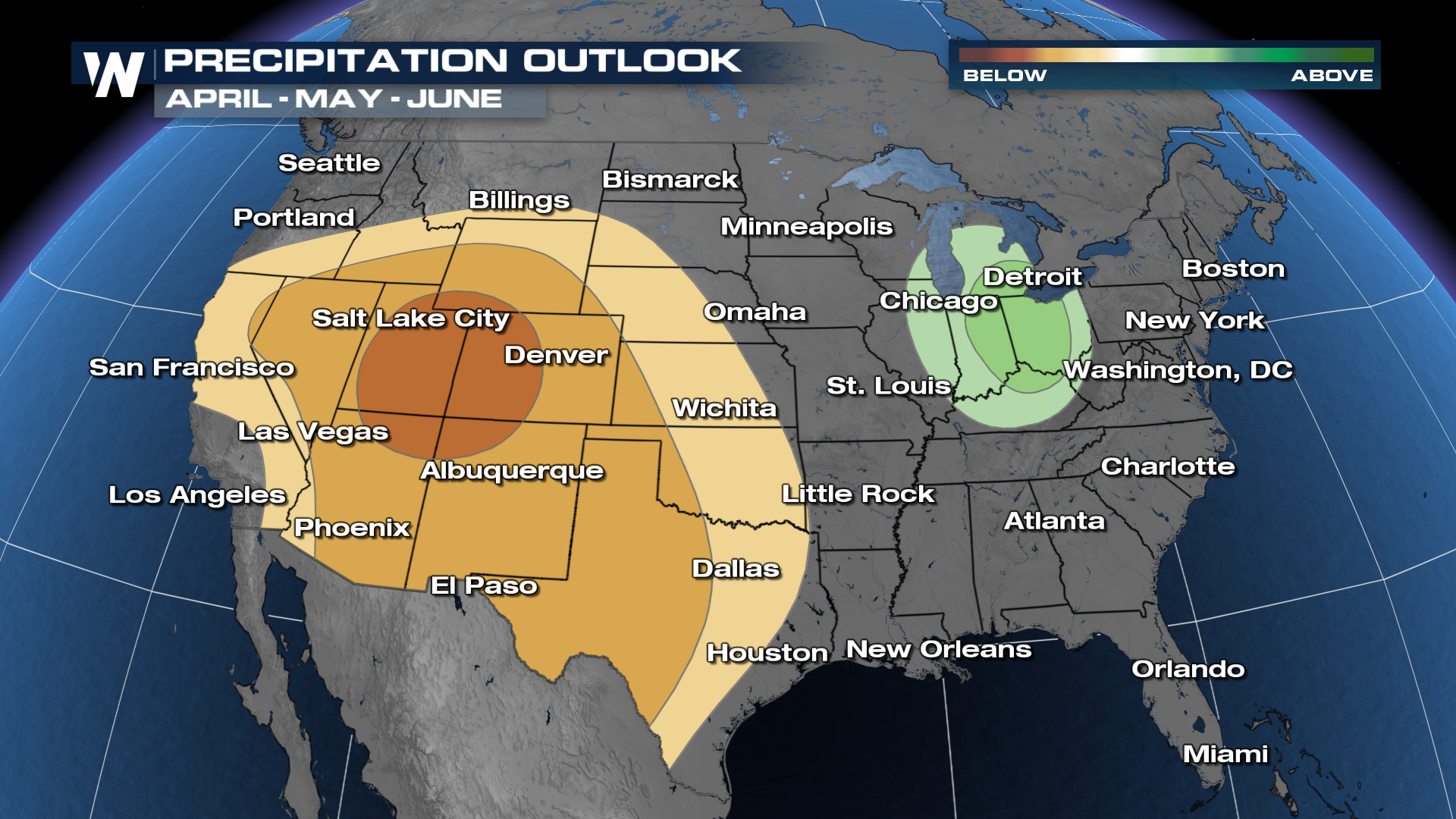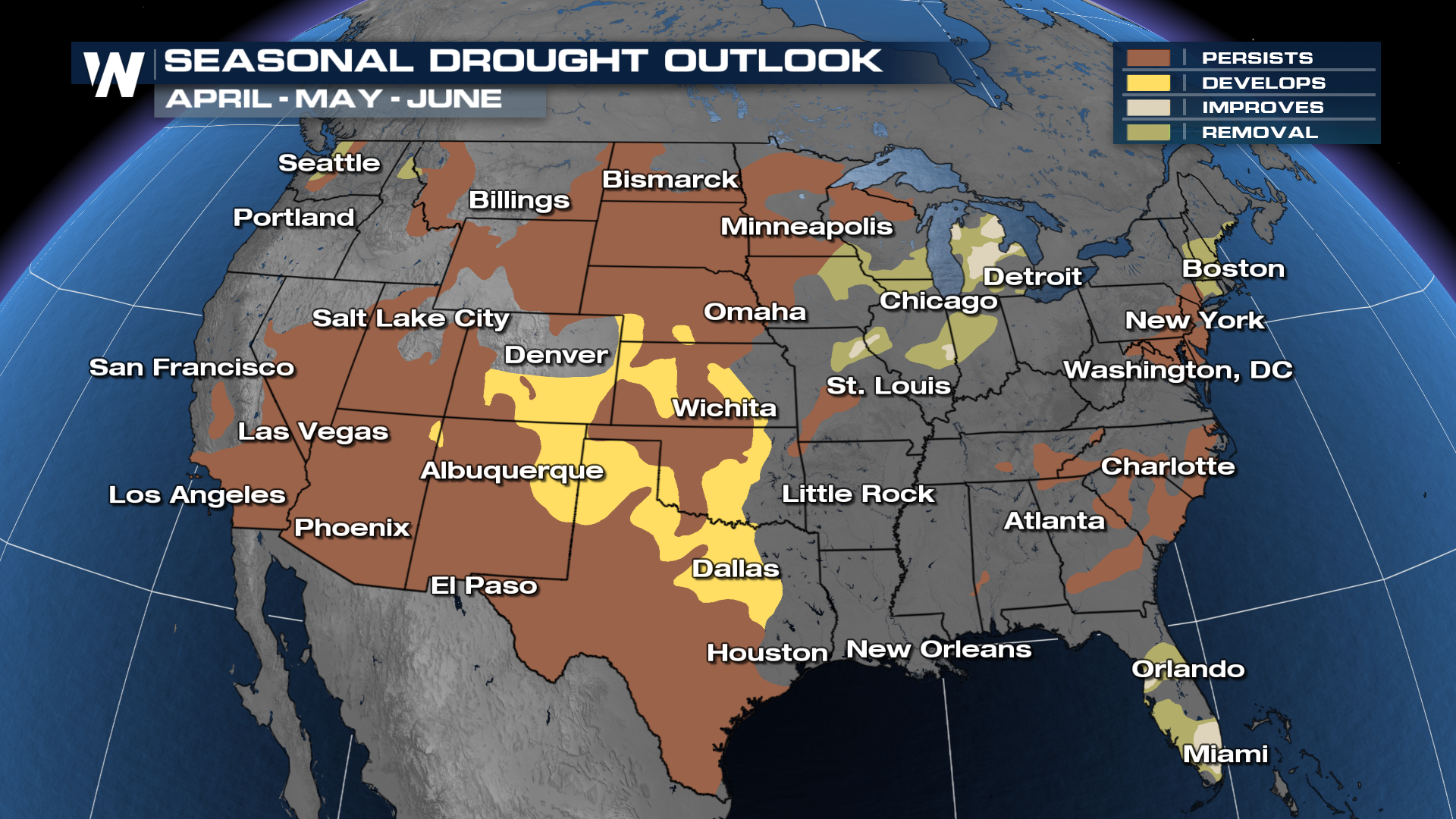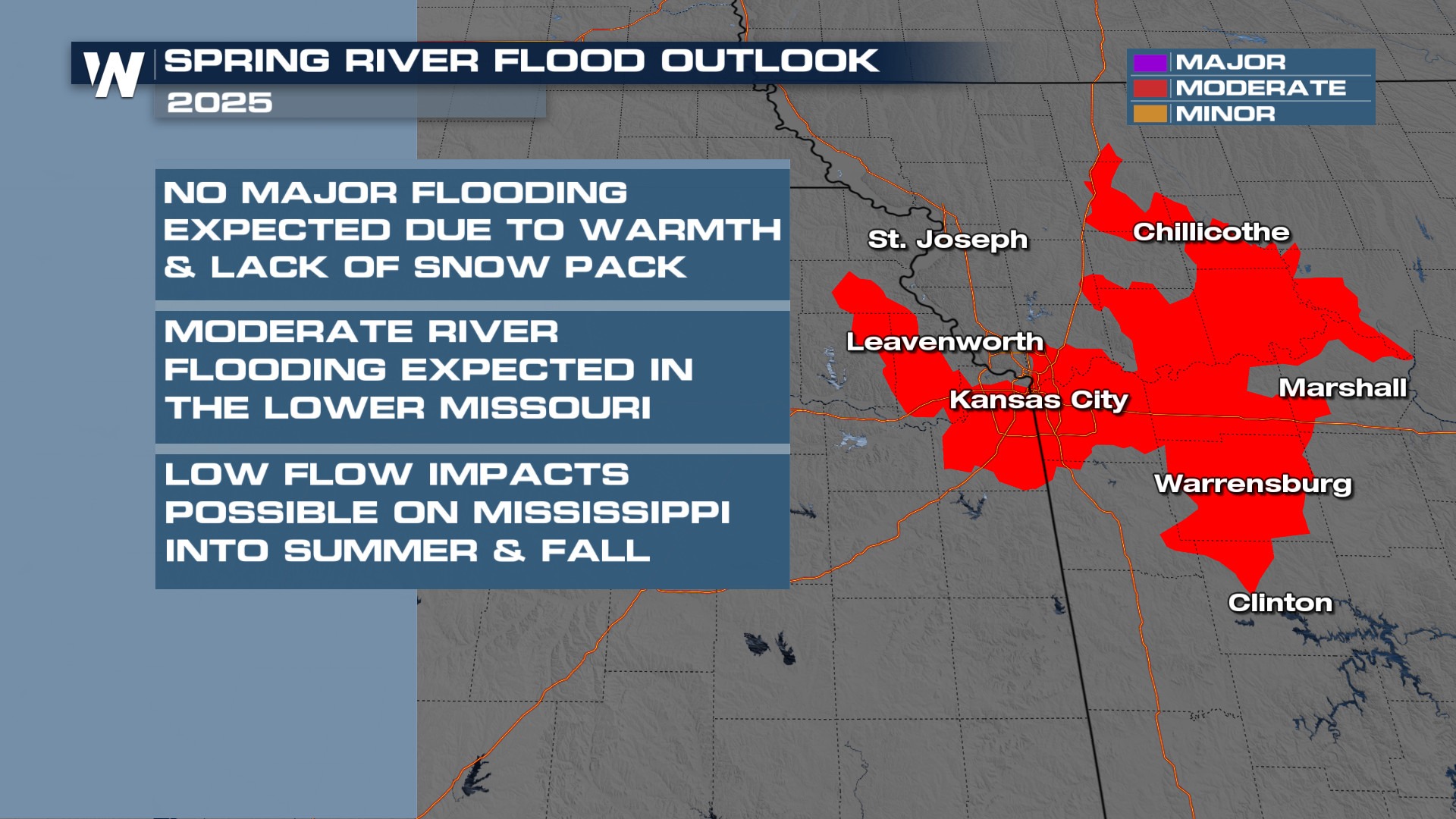NOAA Releases Spring Outlook, River Flood Forecast
FROM NOAA
"Forecasters from NOAA’s Climate Prediction Center — part of the National Weather Service — issued the 2025 U.S. Spring Outlook for temperature, precipitation, drought and flooding for the coming months.
Forecasters predict above-average temperatures for the East and Gulf Coast regions, while drought conditions continue in the Southwest.
Temperatures & Rainfall
Above-average temperatures are likely (top of page) across much of the U.S. For April through June, above-average temperatures are favored along the southern tier of the country and for the Eastern seaboard with the highest chances for central and south Florida, and an area stretching from the Texas and Louisiana coasts to southern Utah and eastern Nevada.

Much of the western U.S. is favored to receive below-average precipitation, with the greatest odds of below-average precipitation in the central and southern Rockies, including the Four Corners region. Precipitation is favored to be above-average in some areas of the Great Lakes and in northern and western Alaska.
Drought & Flooding
 Moderate-to-exceptional drought conditions currently exist across more than 40% of the continental U.S. Drought conditions are likely to persist in the Southwest and parts of the Rocky Mountains, while drought improvement is forecast for the Great Lakes region. Drought development is likely across the central and southern Great Plains.
Moderate-to-exceptional drought conditions currently exist across more than 40% of the continental U.S. Drought conditions are likely to persist in the Southwest and parts of the Rocky Mountains, while drought improvement is forecast for the Great Lakes region. Drought development is likely across the central and southern Great Plains.

Widespread major flooding is not expected this spring across the CONUS, and significantly reduced flood risk exists over much of the United States, given above average temperatures, combined with well below average snowpack over the Northern Plains, Midwest, and Ohio Valley. The reduced flood risk could lead to low flow impacts on navigation and saltwater intrusion on the Lower Mississippi River during the late summer and fall. This is the fourth year in a row with this risk.
Despite the overall reduced flood risk this spring, moderate flooding is expected in tributaries to the Lower Missouri River in Kansas and Missouri. This area typically experiences moderate flooding each spring, and despite the lack of snowpack, local antecedent conditions and typical spring rainfall will lead to the likelihood of moderate flooding on these tributaries.
Current water supply forecasts in the western United States indicate much below normal conditions for the Desert Southwest due to below average snowpack.
In Alaska, spring ice breakup and snowmelt flood risk is forecast to be above average for the Upper Yukon, Tanana, and Koyukuk River basins. Below average flood risk is expected in the Lower Yukon and Kuskokwim River basins, along with most of Southcentral Alaska.
Based on the expected spring flood outlook, hypoxia development in the Gulf of America and Chesapeake Bay is projected to not deviate from seasonal normals. Hypoxic zones directly impact commercial and recreational fisheries."